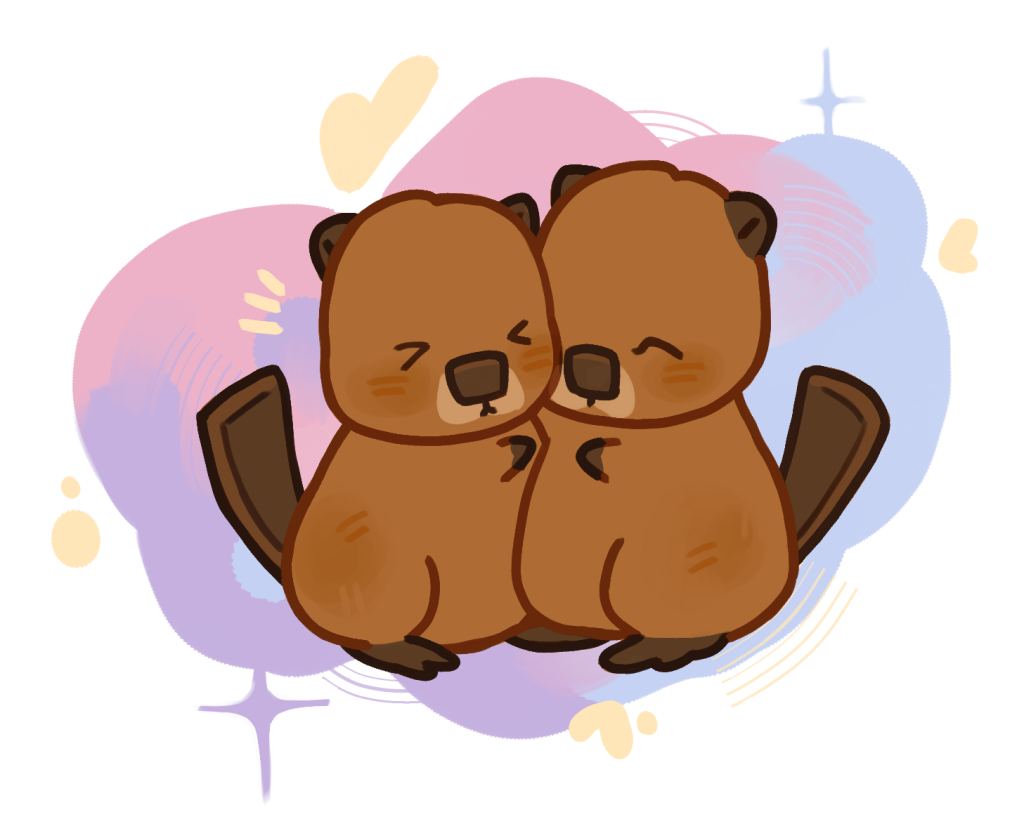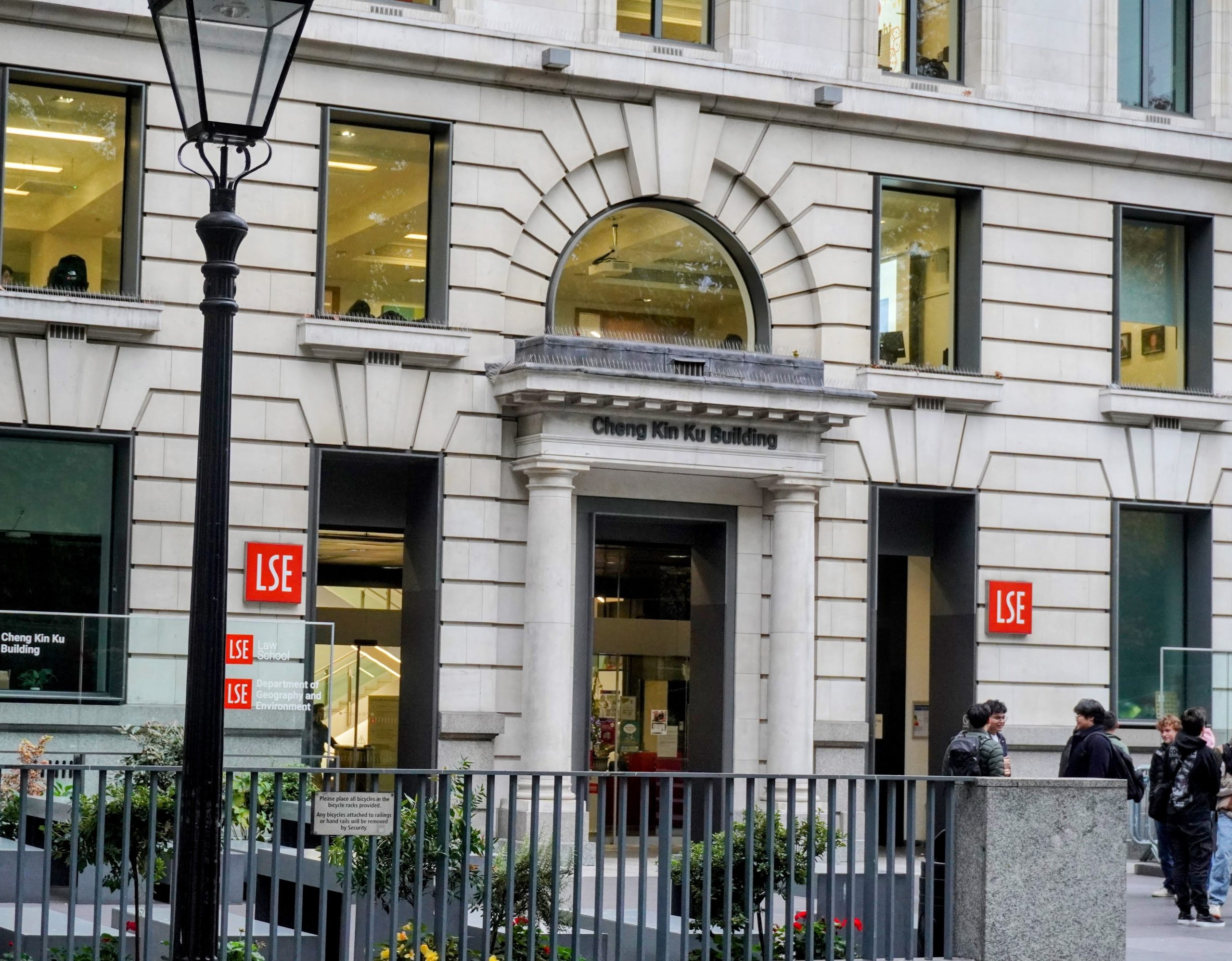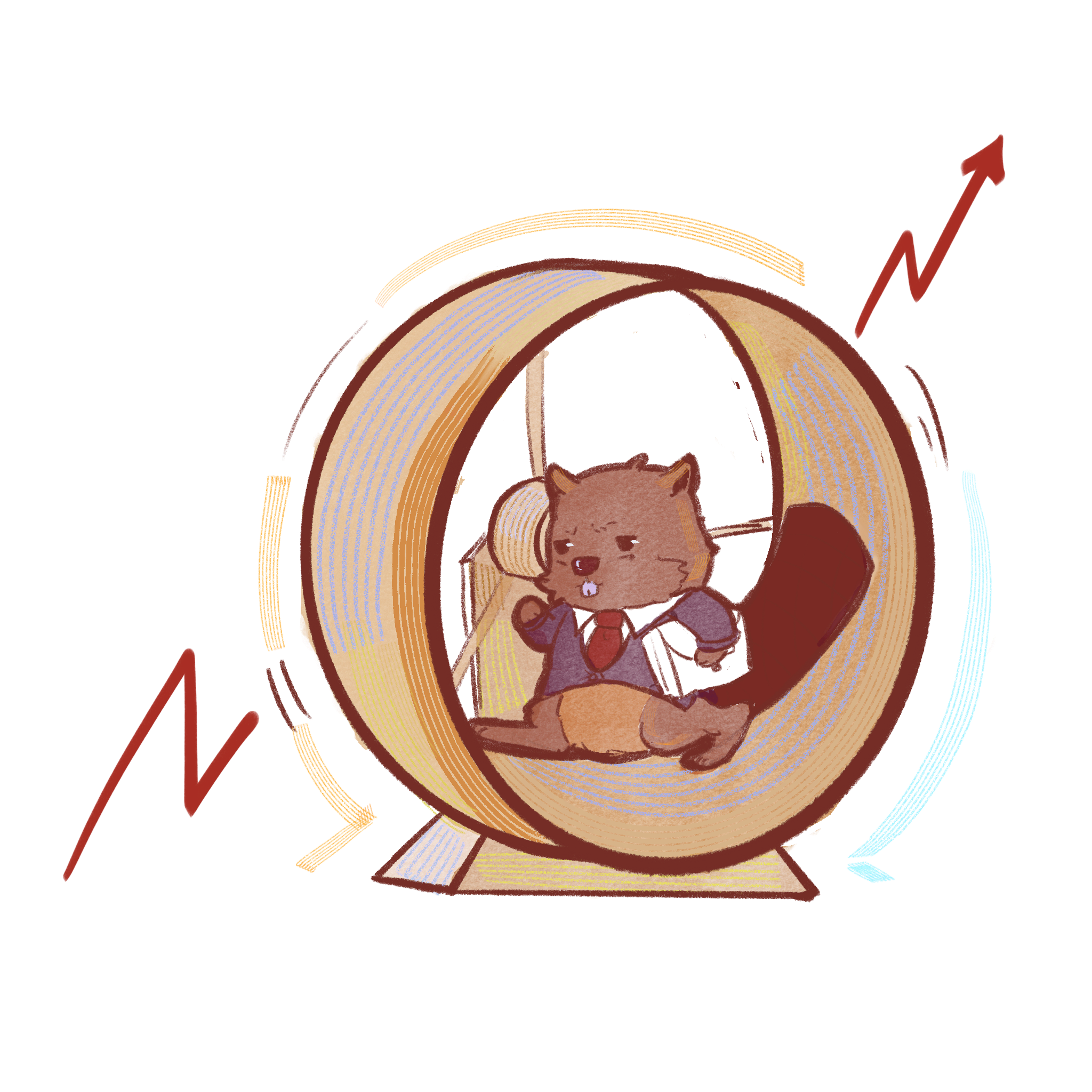Written by Liza Chernobay
Illustrated by Sylvain Chan
Despite technology’s promises of connection and togetherness, many of us feel lonelierand more alienated than ever as we stare at someone else’s life through a screen. While deep down we might need ‘quality time’ to feel fulfilled, all we often get is just a tag on a friend’s Instagram post as proof of ‘time well spent’. However, uncaptured was the constant interruption of a smartphone, stealing your friend’s attention away from you.
Equally, we might desire ‘true love’ —but at LSE, everyone appears to be either already seeing someone, or engrossed by internship applications. The realisation of this brutal reality might pull you back to the screen and swipe left or right, searching for a potential date.
Now, I don’t intend to demonise technology here: paradoxically, while it can take people away from the ‘here and now’, it can also strengthen our real-world relationships. This article, however, pays homage to a practice that simply cannot be performed digitally—an action so simple yet enchanting and irrevocably human. I’m talking about the pleasures of the hug—an anthropological hug.
As an anthropologist in the making (fingers crossed), I acknowledge that in certain cultures, people are more inclined to hug each other. In my home country Ukraine, for instance, hugging is seen as an expression of trust, respect, openness, and friendliness, and it is socially acceptable to hug an acquaintance of the opposite sex outside of your family circle. In others, embracing someone you don’t know closely enough might be perceived as impolite, intrusive, and even offensive, and personal space is guarded with care.
On a chemical level, however, hugging works the same across the human species. When we hug, the brain releases oxytocin—a ‘happy hormone’ that makes us feel safe, comfortable, and at peace around the people we trust. This hormone is released in large quantities at birth, which shapes neural pathways that light up in similar social settings in the future. Through oxytocin, released through touch or physical proximity with those who we trust, humans build social alliances and attachments to others. No wonder why, then, giving and receiving hugs feels so pleasurable and calming.
Hugging is also incredibly versatile: you can hug a friend and communicate appreciation; you can hug a family member, expressing connection and familial love; you can hug a significant other, displaying romantic love. Effectively, a hug embodies multiple conceptions of ‘love’ as philosophised by Ancient Greek thinkers: philia (profound friendship), storge (familial love), eros (passionate love), and agape (universal love).
An anthropological hug?
In the advent of Valentine’s Day – when (self-)love is in the air – I invite you to generate some oxytocin and perform what I call an ‘anthropological hug’. Similarly to the hot chocolate meditation in Issue 4, this practice is all about noticing and acknowledging your sensory experiences and succumbing to your body’s ability to feel, and find peace. This meditation is inspired by ‘participant observation’—the research method used in Anthropology, where the researcher partakes in an activity first-hand while retaining an observant, critical eye.
Step 1: Find a human who wouldn’t mind hugging you back (consent is key here!)
Step 2: Hug; the details of ‘how’ you hug depend on the context, so I’ll leave them to you.
Step 3: Close your eyes. Notice the textures you sense with your skin, the points of bodily contact.
Step 4: Breathe in, and acknowledge the scents that enter your nose. Breathe out.
Step 5: Tune in to the ambient sounds around you, and let your mind sink into a state of peacefulness. Stay there for as long as you need.
Step 6: Finally, return your attention to your body and observe the sensations inside. How do you feel now?
No matter whether you are in a relationship or an independent human being, studying for an exam, or brooding over a summative, it never hurts to return your gaze to the present moment. Sometimes, a classic sit-down meditation can be tricky because the mind keeps reminding you of the things you ought to accomplish, the dreams you wish to fulfill. In that case, an embodied practice of a simple hug – a tiny dose of self-care – can add much colour and calm to the day.






